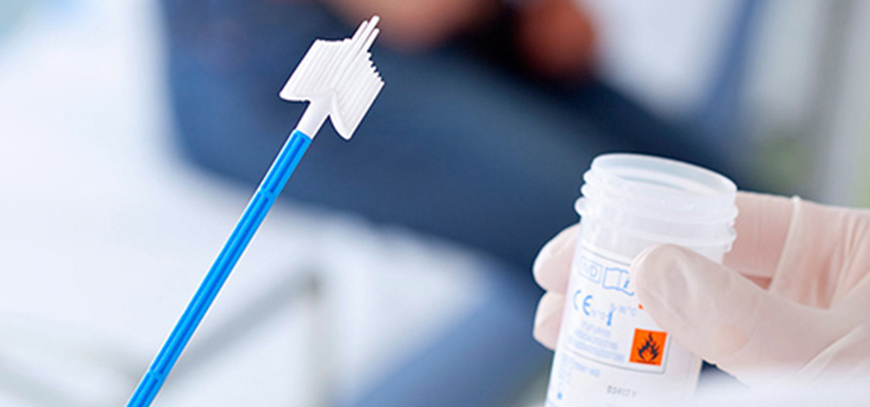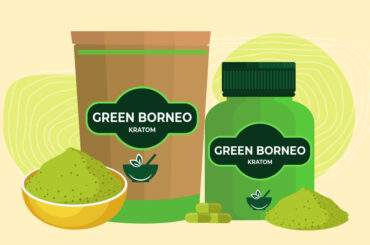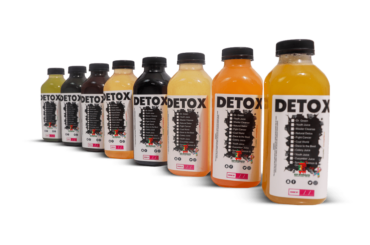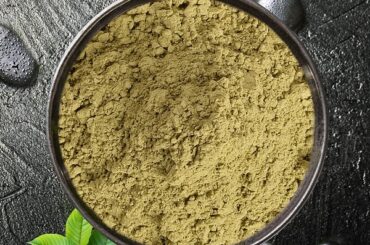In today’s world, where career opportunities often hinge on clean drug tests, knowing the differences between mouth swab and urine tests can be crucial to increasing your chances of passing a short notice drug test. Employers, athletic associations, and law enforcement agencies rely on drug testing to ensure safety, compliance, and integrity. However, the methods they use can vary significantly in terms of accuracy, detection window, and ease of administration.
Understanding Mouth Swab Drug Tests
Mouth swab drug tests, also known as oral fluid tests, have gained popularity due to their non-invasiveness and simplicity. These tests involve collecting a saliva sample from the inside of the mouth, typically from the cheek or gums. They are often preferred for their convenience and the ability to administer them on-site, making them ideal for random or on-the-spot testing scenarios.

Accuracy and Detection Window
One common question is whether mouth swab tests are as accurate as urine tests. While both methods can detect recent drug use, mouth swab tests generally have a shorter detection window. They are excellent at detecting drugs used within the past 24 to 48 hours but may not be as effective for detecting substances used further back in time. This makes them particularly useful for detecting recent drug use patterns rather than past history.
Advantages and Disadvantages
Advantages of mouth swab tests include quick results (usually within minutes), minimal invasiveness, and the ability to observe sample collection directly, reducing the risk of sample tampering. However, their shorter detection window can be a disadvantage when compared to urine tests, which can detect drugs for a longer period after use.
Examining Urine Drug Tests
Urine drug tests remain one of the most common methods used due to their reliability and ability to detect a wide range of substances over a longer period. These tests involve collecting a urine sample in a controlled environment and analyzing it for the presence of drugs or their metabolites.
Accuracy and Detection Window
Urine tests are highly accurate and can detect drug use from several days to weeks, depending on the substance and frequency of use. This longer detection window makes them preferred for pre-employment screenings and situations where a longer history of drug use needs to be evaluated.
Advantages and Disadvantages
Advantages of urine tests include their ability to detect a broader range of drugs and a longer detection window compared to mouth swab tests. However, they require more privacy during sample collection and may not be suitable for immediate or on-site testing scenarios due to the need for laboratory analysis.
Choosing the Right Test
The choice between a mouth swab and urine test depends on various factors such as the purpose of the test, the drugs being screened, and the desired detection window. For individuals needing to pass a short notice drug test, understanding the detection capabilities of each method is crucial. If recent drug use is a concern, a mouth swab test may be more appropriate due to its shorter detection window. Conversely, for comprehensive screening over a longer period, urine tests offer more reliable results.

Conclusion
In conclusion, both mouth swab and urine drug tests have their strengths and limitations regarding accuracy and detection windows. Choosing the right test depends on the specific circumstances and objectives of the drug screening. Whether you are preparing for employment screening or compliance testing, knowing the differences between these two methods can help you navigate the process more confidently and effectively increase your chances of passing a short notice drug test.






